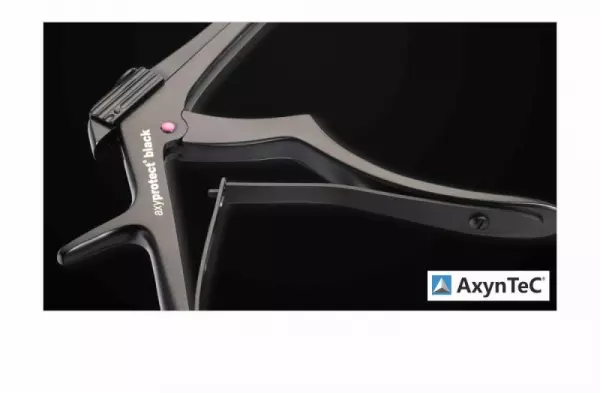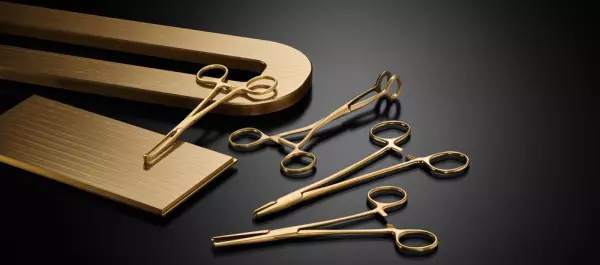
axyprotect BLACK | DLC coating
Diamond-like carbon layers (Diamond Like Carbon, DLC, aC: H or aC: H: X) are a class of ma...
Portal and digital medical technology fair of the largest MedTech cluster in Germany

axyprotect BLACK | DLC coating
Diamond-like carbon layers (Diamond Like Carbon, DLC, aC: H or aC: H: X) are a class of ma...

Electroplating and P VD services
There are many good reasons to choose PVD technology: in addition to the low chemical loa...

PVD coating, vacuum coating, vacuum coating processes, physical vapor deposition, nano-layers, metallic or ceramic coating materials, finishing processes for medical parts, components, materials, products, medical products, implants, surgical instruments
A PVD coating is made of a layer of inert gas that is deposited over a substrate. The thin film coating can be as little as two atoms or molecules in thickness. The parts to be coated are usually rotated at a controlled speed and moved along a conveyor belt that passes through the plasma stream. The process can be performed with a single or multiple layers. The substrates used in PVD coatings include steels, nonferrous metals, and pre-plated plastics.
In addition to the benefits mentioned above, a PVD coating can be extremely hard. It has a low coefficient of friction, excellent wear resistance, and is incredibly durable. This is why it is so popular in the medical field. It also has a silver finish, which makes it a desirable surface finish for many applications. Although it may be too thick to be used in medical applications, this type of coating is widely used for high-end decorative finishes.
PVD coatings can have a wide variety of applications. They can improve the function of surgical instruments and medical equipment. For instance, a PVD coating on a surgical instrument can improve the patient's experience and the outcome. It can enhance the aesthetic appeal of a device while providing high-quality performance. Furthermore, it can be applied to many different surfaces, including plastics, metals, and ceramics. The PVD process is also highly versatile.
The PVD coating process is commonly applied on steel and titanium. Its unique properties make it the ideal choice for high-performance aerospace applications. A thin, PVD coating makes the instruments easily identifiable in an operating room. There are many other applications for PVD coatings, and the benefits of each one are listed below. The advantages of a PVD coating are numerous. If you're interested in learning more about this method, consider reading our article!
PVD coatings have a number of benefits. Its antibacterial properties make it ideal for contact-based infections. National research centers have tested the new PVD coatings on a wide range of medical equipment. TiN is biocompatible and has low friction coefficient. It can also increase the lubricity of the components. The PVD coatings are also very effective for medical devices and instruments. If you're looking for a PVD coating for your medical equipment, contact a specialist and discuss your project.
A PVD coating is a way to differentiate medical devices from competitors. By applying a PVD coating, the medical instruments have functional properties and can differentiate themselves in a highly competitive market. Surgical instruments, for example, have antibacterial properties that can help patients identify the instruments during surgery. Its antibacterial properties can also be used to protect household items. A PVD coating can be a great solution to many problems in the medical field.
Become a digital exhibitor yourself in the online portal of the largest and best-known MedTech cluster region in Germany and inform the world of medical technology about your products and services as well as about news, events and career opportunities.
With an attractive online profile, we will help you to present yourself professionally on our portal as well as on Google and on social media.